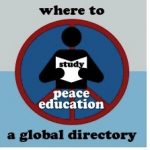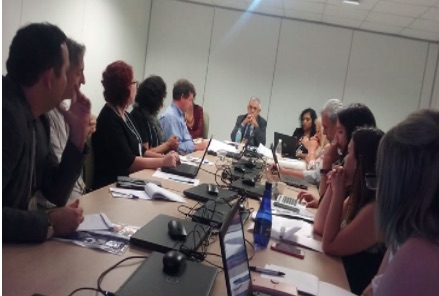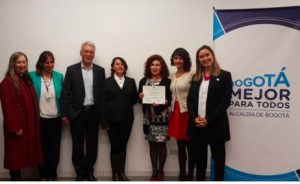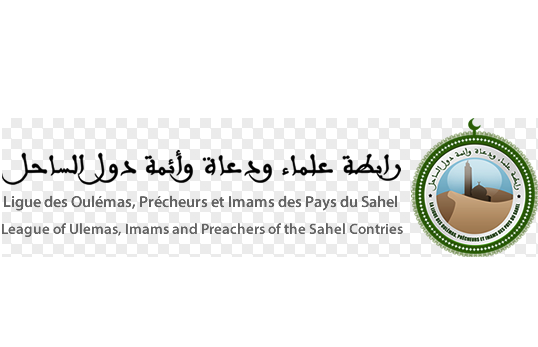
CPNN has often carried articles about establishing a culture of peace at the level of the city, but there are also some advantages to promoting a culture of peace at a somewhat broader regional level.
In particular, the culture of peace needs to be based on a sustainable economy, which, in the long run, should depend on local agricultural production more than imported food. This requires that the unit for the culture of peace include not only the city, but also the agricultural region surrounding it.
Below are articles in CPNN about this question:
The Catalan Forum for Peace is born, a participatory process to create Catalan public peace policy
Oaxaca, Mexico: State Government Promotes Culture of Peace as a Public Policy
Lula’s address to CELAC “Nothing should separate us, since everything brings us together”
Jalisco, Mexico: V Global Forum on the Culture of Peace
Yucatan: State Government and 10 Municipalities join efforts to prevent violence and crime
Mediation Forum of the Vice-Government of Ceará promotes discussion for a culture of peace
SADC delegates to discuss women, youths’ role in strengthening peace and security in the region
UN agriculture agency chief calls on world’s mayors to make ‘global commitments local realities’
Brazil: State Government of Acre establishes union with institutions for the culture of peace
Nigeria: Kaduna Conflicts: El-Rufai Inaugurates Peace Commission
Michoacán, Mexico: Law Approved for Culture of Peace and Prevention of Violence
Michoacán, México: Aprueban Ley para la Cultura de Paz y Prevención de la Violencia
Peace Commissioner in Peru: “Many do not know what is a culture of peace”
Comisionada por la paz en Peru: “Muchos aún no saben que es cultura de paz”
Cleanz approves Law on Culture and Peace (Venezuela)
Cleanz aprobó Ley de Cultura y Paz (Venezuela)
The Province of Buenos Aires, Argentina, joins with UNESCO to defend the culture of peace
Provincia y Unesco unidos para difundir “la cultura de la paz” [Buenos Aires, Argentina]
Launch of the 30th edition of the Intercity (Côte d’Ivoire)
Lancement de la 30e édition des intervilles (Côte d’Ivoire)
Peace Commissioner Announces a Dialogue to Stop Conflicts [Peru]
Comisionado para la Paz anuncia diálogo para frenar conflictos [Peru]
Cajamarca declara de interés regional promoción de cultura de paz
Governors in Peru Get Training in Conflict Alert System
Capacitan a gobernadores de Puno en aplicación de sistema de alerta de conflictos [Peru]
The Government of Chiapas Stresses Values in Shaping Its Agenda
Destaca gobierno chiapaneco valores en conformación de agenda
Eighth Anniversary of the Law for Culture of Peace in Bahia [Brazil]
Sessão na AL-BA marca os oito anos da Lei da Cultura da Paz [Bahia, Brazil]
Cajamarca declares the need to promote a regional culture of peace








